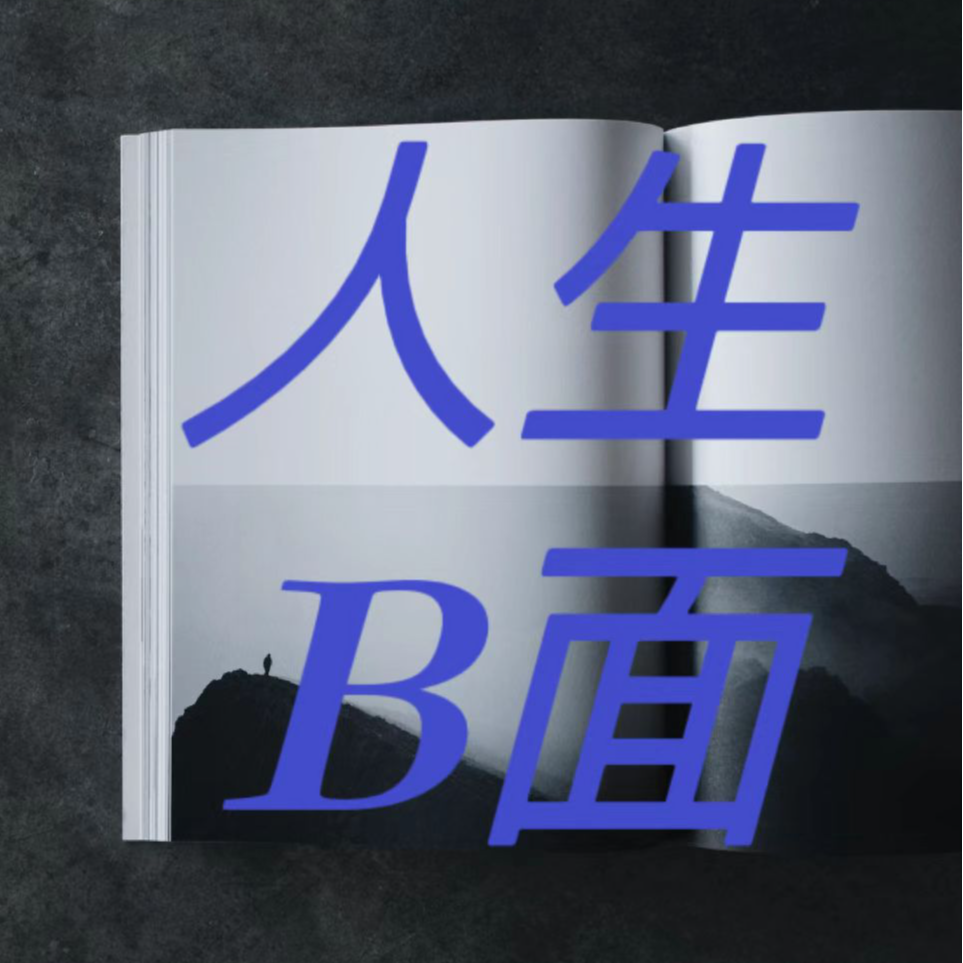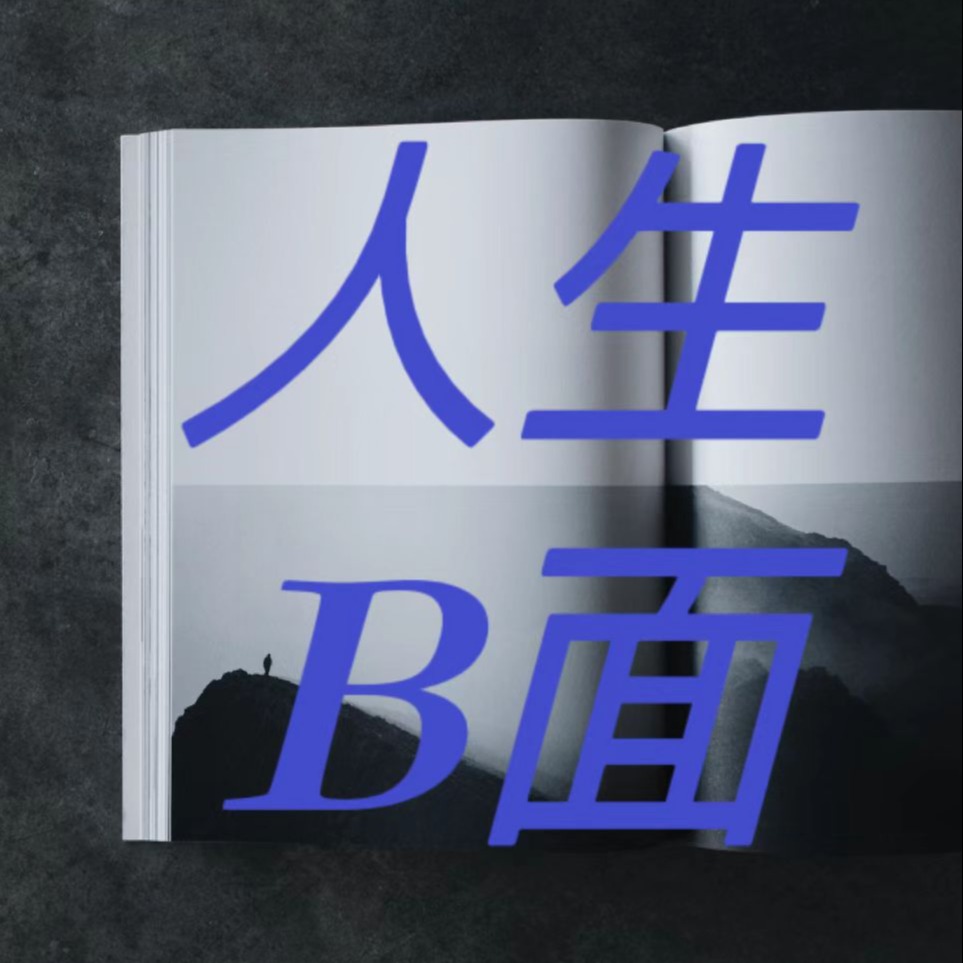
Deep Dive
What are the three types of notes in the Zettelkasten (card box) note-taking method?
The three types of notes in the Zettelkasten method are: 1) Fleeting Notes, which capture spontaneous ideas and should be organized within a day or two; 2) Literature Notes, which include summaries and personal thoughts on the content of books or articles, written in one's own language; and 3) Permanent Notes, which are concise and derived from Fleeting and Literature Notes, serving as the foundation for future writing and ideas.
Why is the Zettelkasten method considered superior to traditional note-taking?
The Zettelkasten method is superior because it emphasizes atomicity, visibility, and transferability of knowledge. Each note is a minimal unit of knowledge, making it easy to combine and reuse for various topics. The method ensures that knowledge is visible and easily retrievable, with clear references and context. It also allows for the transfer of knowledge across time, preventing notes from becoming 'graveyards of thought' and enabling future use.
How does the Zettelkasten method change the way people think and process information?
The Zettelkasten method changes thinking by encouraging a bottom-up approach to knowledge organization. Instead of starting with a predefined structure, it allows ideas to emerge naturally from the connections between notes. This method also promotes active engagement with information, as users must break down and internalize content, leading to deeper understanding and more meaningful connections between ideas.
What challenges do users face when adopting the Zettelkasten method?
Users often face challenges such as the high initial learning curve, the complexity of organizing and linking notes, and the difficulty of maintaining consistency. Many struggle with transitioning from traditional note-taking methods to the Zettelkasten system, especially when it comes to breaking down information into atomic units and establishing meaningful connections between notes.
How does Obsidian software enhance the Zettelkasten method?
Obsidian enhances the Zettelkasten method by providing a digital platform for creating bidirectional links between notes. This feature allows users to easily connect related ideas and build a web of knowledge, overcoming the limitations of physical note cards. Obsidian also supports the atomicity and visibility of notes, making it easier to manage and retrieve information over time.
- 传统的读书笔记方法停留在划线、摘抄等原始阶段,难以有效利用信息。
- Notion等工具提升了笔记存储效率,但并未解决信息形态问题,笔记仍然难以有效利用。
- 读书笔记的根本问题在于信息形态,而非存储方式。
Shownotes Transcript
读书时是不是喜欢在句子下划划线,在空白地方写写评论,就没有然后了?遇到喜欢的文章、视频,是不是收藏完就在文件夹吃灰了?
第十五期,让我们一起来聊聊做笔记时踩的坑,以及如何做面前「未来」得读书笔记。
00:40 你会做读书笔记吗?
04:50 卢曼卡片盒笔记法
07:30 卡片盒笔记法的优势
09:15 卡片盒笔记法带来的启发与思考
推荐阅读:
《卡片笔记写作法》[德]申克·阿伦斯
